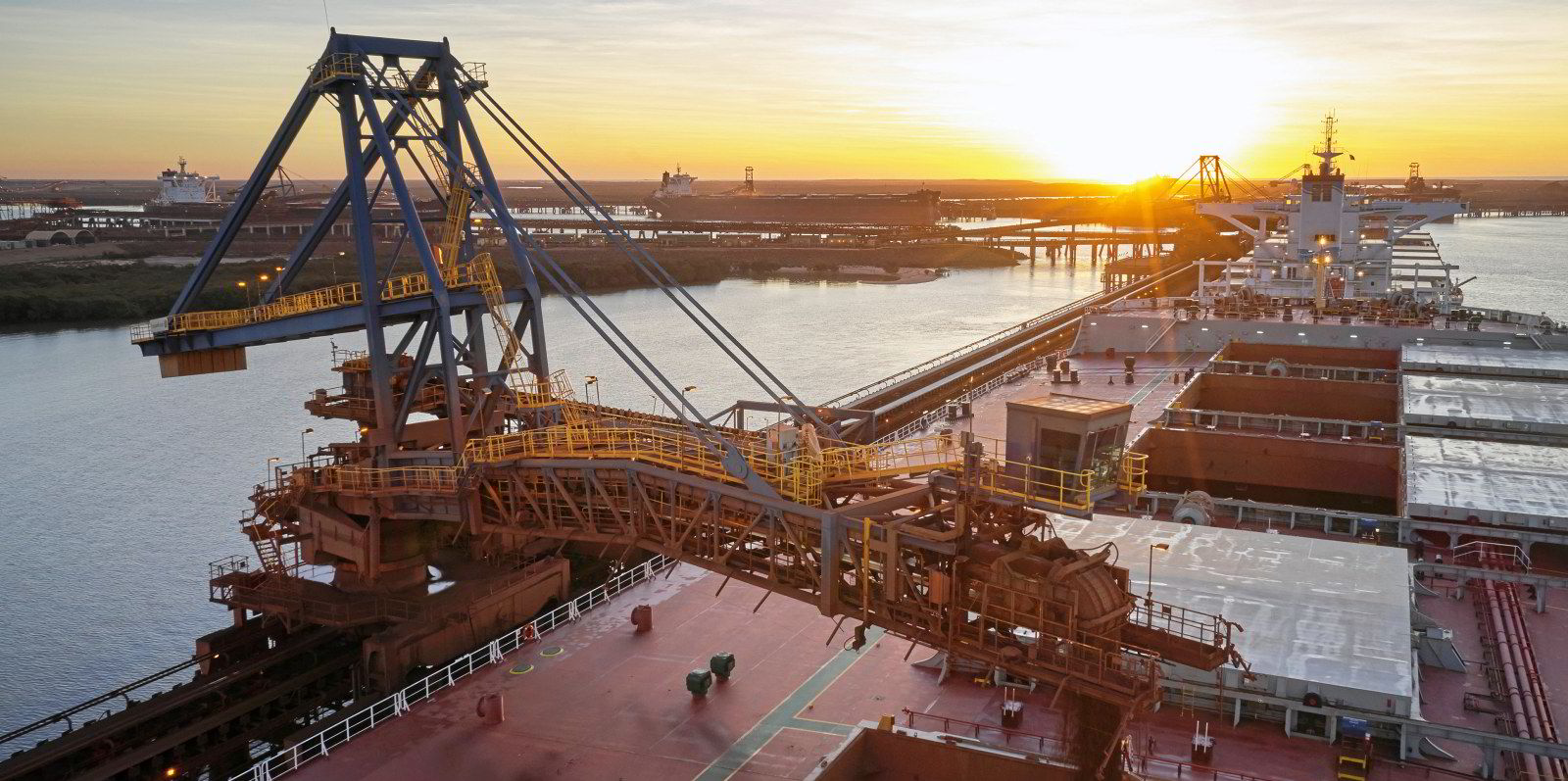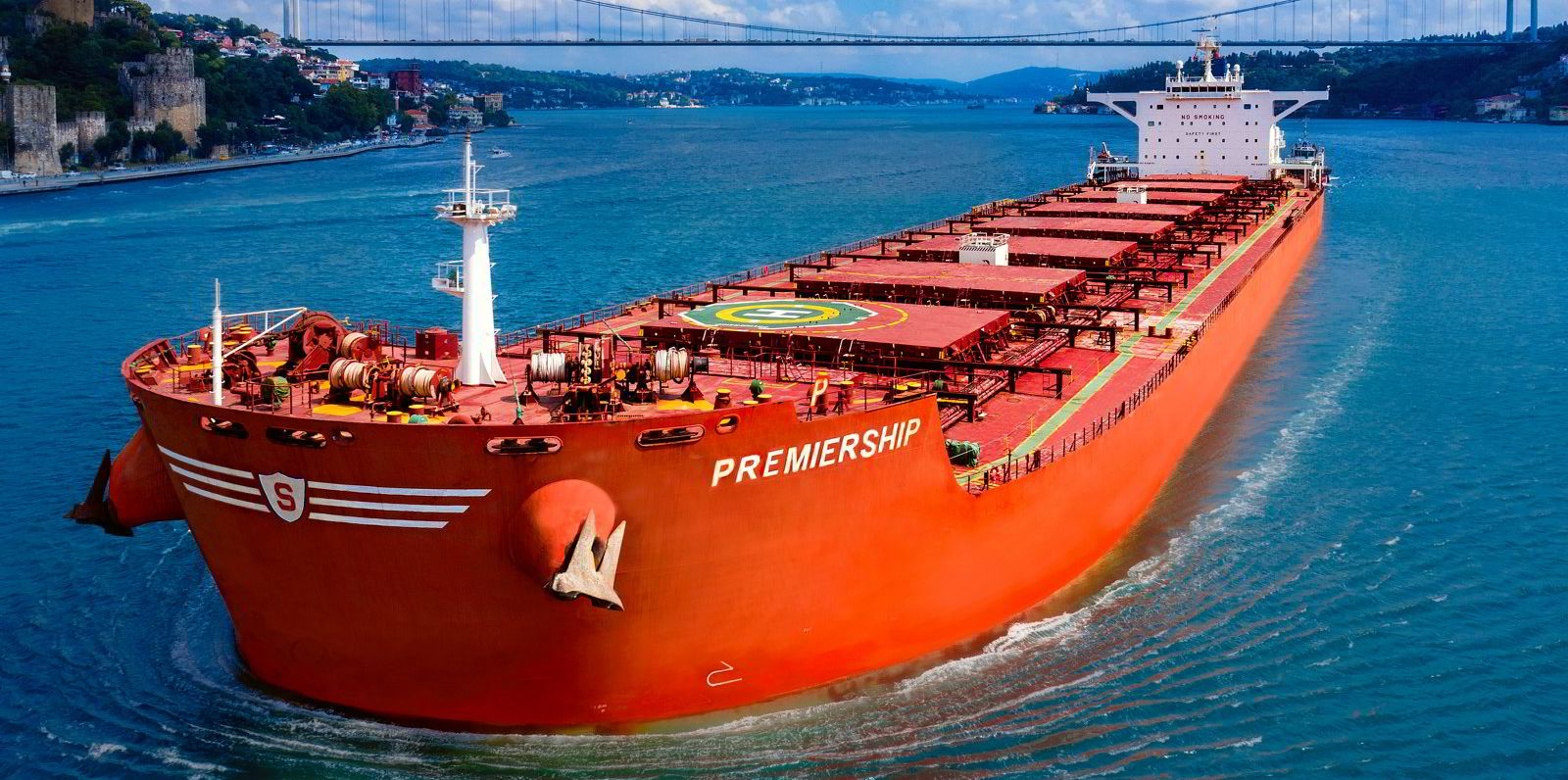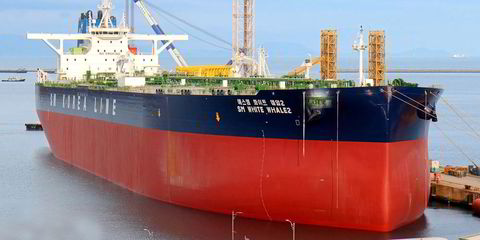The capesize bulker market staged a three-day rally that has lifted average spot rates to the highest point of 2022.
The Baltic Exchange’s capesize 5TC spot-rate average, covering five key routes, jumped 34.8% from Tuesday to $24,002 per day on Friday, after starting slowly on the first day back from Monday’s bank holiday. It ended the week at the highest level for the index since 16 December.
“The capesize market has made the most of the short working week as rates have lifted strongly,” Baltic Exchange analysts wrote in their weekly roundup on Friday.
“The positive market sentiment was largely Pacific-led, yet that didn’t stop the Atlantic basin and ballaster trades from getting in on the act, as all regions posted big gains.”
Transpacific round voyages on the benchmark C10 route between China and Western Australia jumped 22.3% over the same period to $27,754 per day.
Meanwhile, the transatlantic C8 route rocketed 33.6% to $17,200 per day and the C16 backhaul from Asia to Europe spiked 81.6% to $18,475 per day on Friday.
“Coal flows continue to be strong, boosting this feeder route into Europe largely due to the current geopolitical situation,” the Baltic Exchange analysts said.
“The capesize market flow remains anything but normal currently as premium and discount routes appear to be swinging and unstable.”
On Friday, Baltic Exchange fixture data showed two capesizes scoring deals to move 170,000 tonnes of iron ore on the benchmark trades to China in both the Pacific and the Atlantic basins.
In a deal fixed a day earlier, BHP locked in an unnamed capesize to carry iron ore from Port Hedland in Western Australia to the Chinese port of Qingdao at $13 per tonne. Loading dates are 18 to 20 May.

Baltic Exchange fixture data shows a similar journey fetched just $12.10 per tonne on Tuesday and three capesizes were booked for $12 at the end of the prior week.
In the Atlantic, Rio de Janeiro-based miner Vale fixed NGM Energy’s 176,000-dwt Scarlett (built 2012) for $29.90 per tonne to move the commodity from Tuburao, Brazil, to Qingdao, with loading scheduled between 5 and 8 May.
That’s more than the $29 per tonne that Oldendorff Carriers paid to hire China Development’s 208,500-dwt newcastlemax CL Rhine River (built 2019) on Wednesday to move 185,000 tonnes of iron ore on the same route. The ship is set for less-prompt loading dates between 1 to 10 June.
Both fixtures show a significant rise in Brazil-to-China journeys, with the previous last-done fixture on 28 April coming in at just $24.80 per tonne.
“After a slow start, a resurgence in activity out of Brazil helped to drive the capesize market forwards in the Atlantic this week, while there were also reports of firmer fixtures on front-haul routes out of Canada,” shipbroking giant Clarksons said on Friday in its Shipping Intelligence Weekly report.
The capesize surge helped push the Baltic Dry Index to 2,718 on Friday, a rise from just 2,404 a week earlier.






